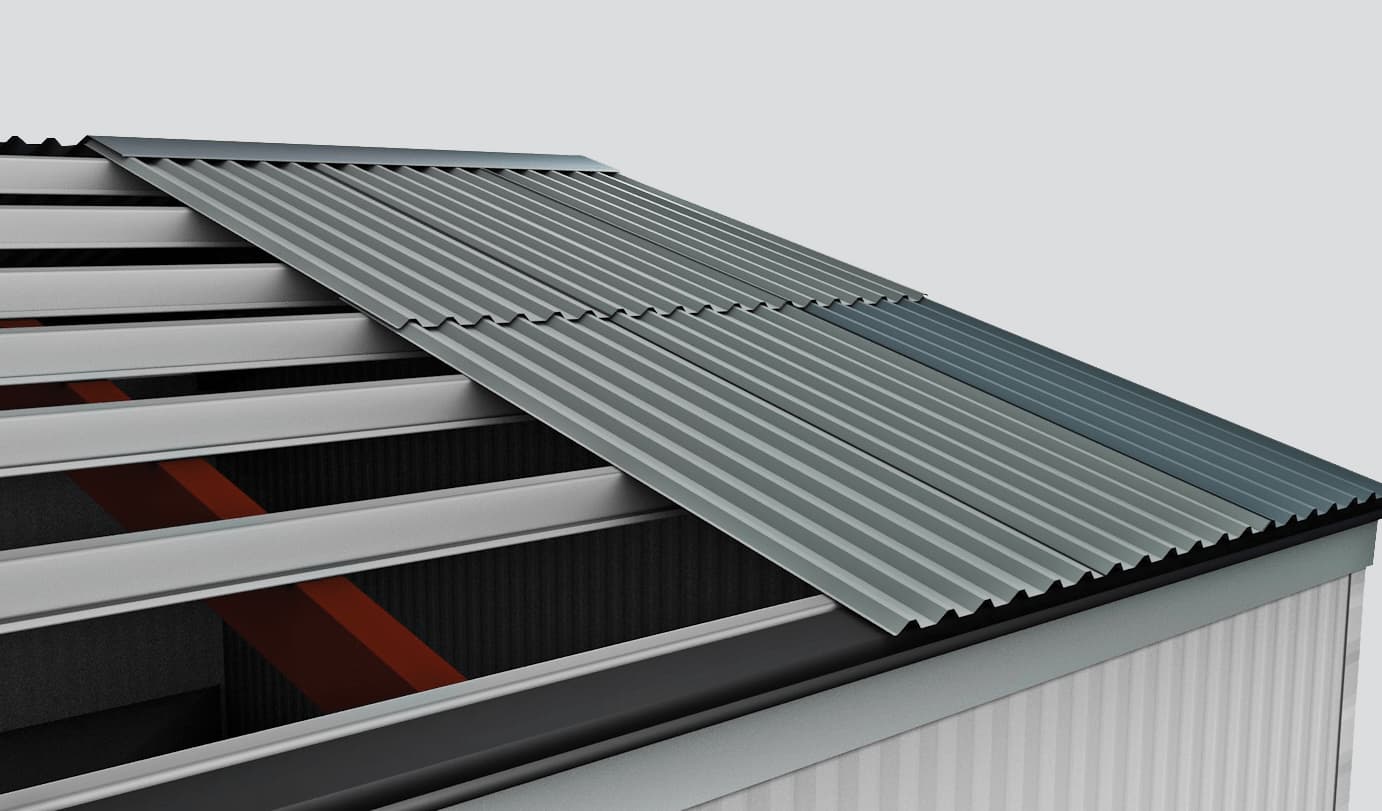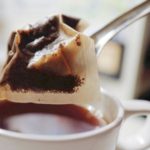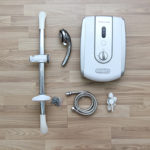The continuing cost-of-living crisis is putting pressure on households, with energy bills seen as one of the significant financial drains for every family.
Fortunately, there are some small tricks you can use to save on your electricity bills. Follow this article to find out!
1. Switch from an oven to an air fryer

According to experts, you can save up to 75% on your electricity bill just by switching to an air fryer. Of course, the energy consumption when cooking depends on various factors such as appliances, ingredients, selected functions, and how you use them.
A large oven can consume more energy to reach the desired temperature and loses more energy when opened during cooking. Therefore, an air fryer will be an ideal choice for smaller meals.
However, you can still prepare larger meals with an air fryer if you choose a larger size.
2. Switch to a water-saving showerhead

A water-saving showerhead works by injecting air into the water flow. This means you can use less water while still enjoying a comparable shower experience.
Using less water for showering means you will consume less energy. Replacing your showerhead is a relatively simple task, but you will need to check if the new showerhead is compatible with your current setup.
With this device, you can not only save on your electricity bills but also reduce water consumption.
3. Add insulation to your walls, floors, and roof

Although this can be a costly task, it can bring long-term energy-saving benefits. Therefore, check your house walls to choose the appropriate insulation material. Solid walls can use internal or external insulation, while cavity walls only need insulation in the gaps. Modern insulation materials usually do not require upgrades. More insulation materials mean more structures for the walls, resulting in less heat loss in your home.
Similarly, add insulation to your floors. Up to 15% of heat is lost through the ground floor, so insulate if possible. Suspended floors can use rigid boards or spray foam insulation. Solid floors can have a hard insulation layer on top.
Additionally, add insulation to your roof and attic. Insulating your roof or attic is cost-effective and will help you save on your energy bills. Most roofs can be insulated using different methods depending on whether they are pitched or flat.
4. Reconsider your window choices

Energy-efficient windows come in various designs and frames, and their effectiveness is determined by how well they insulate, allow sunlight to pass through, and prevent air leakage.
They consist of two or three panes of glass sealed within a frame made of materials such as PVC or wood. Double-glazed windows have two panes of glass with a 16mm gap in between, while triple-glazed windows have three panes and two gaps, making them more effective at insulation in some cases.
The gaps between the glass panes are filled with air and completely sealed, helping your home stay warmer.
5. Install energy-saving lighting systems in your home
Energy-saving lighting systems help reduce electricity bills and carbon dioxide emissions without compromising the quality of light in your home. If you replace all the lights in your home with LED lights, you can reduce up to 40 kg of carbon dioxide emissions (50 kg according to the NI) per year.
This is equivalent to the amount of carbon dioxide emitted when driving about 145 miles. According to the Energy Saving Trust, lighting is estimated to account for 11% of the average electricity consumption of a UK household, so the switch can also help you save money.
6. Install a smart thermostat in your home

A smart thermostat controls the heating system in your home and can be remotely controlled through an app on your phone or tablet. They provide real-time energy consumption data and adjust heating conditions such as humidity, helping you save money. Some models can even learn from your behavior and automatically adjust the temperature.
7. Replace a boiler with a heat pump
A heat pump does not directly use electricity to heat water. Instead, it uses electricity to draw in air and sunlight to heat the water source. It can save up to 80% of costs compared to other types of water heaters with the same capacity.
According to phunuvietnam.vn





































